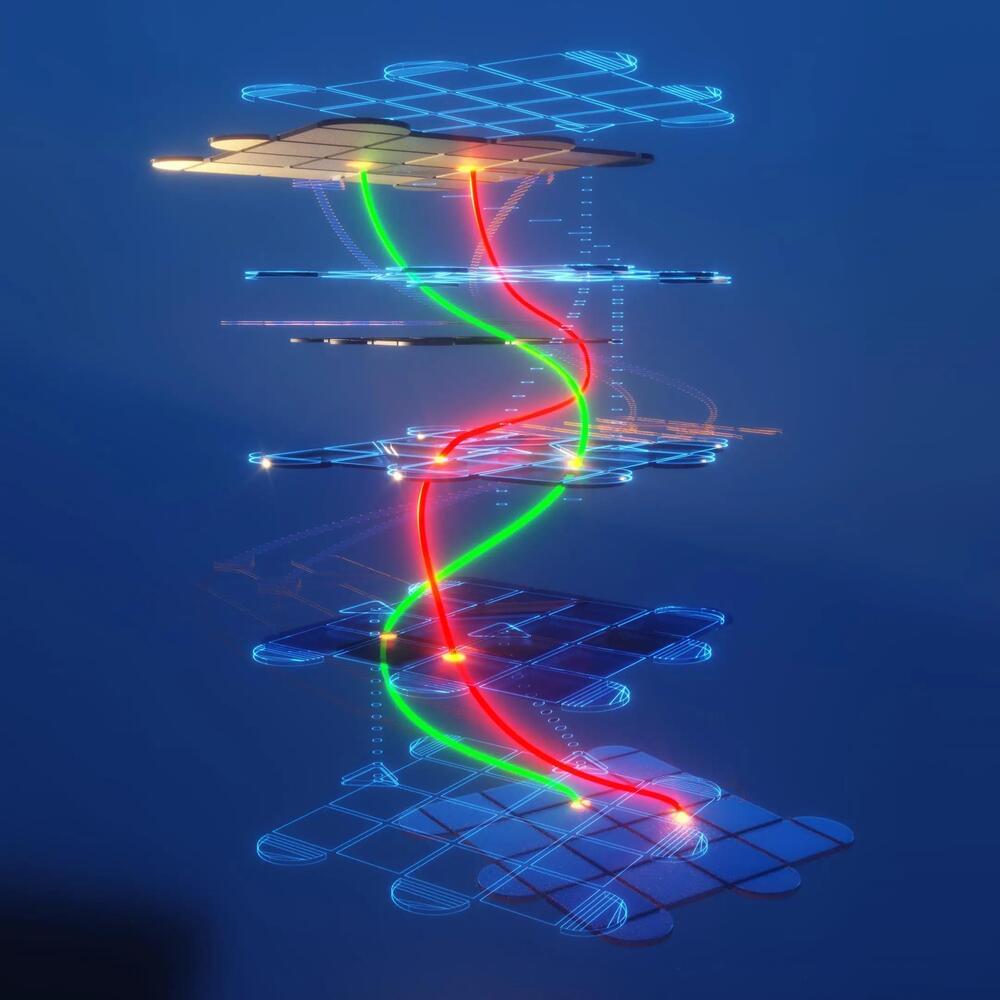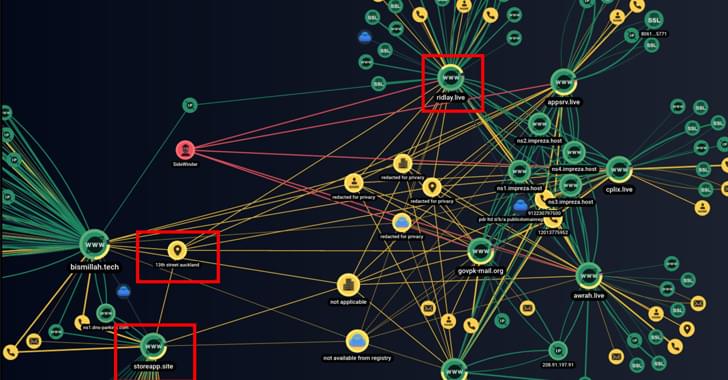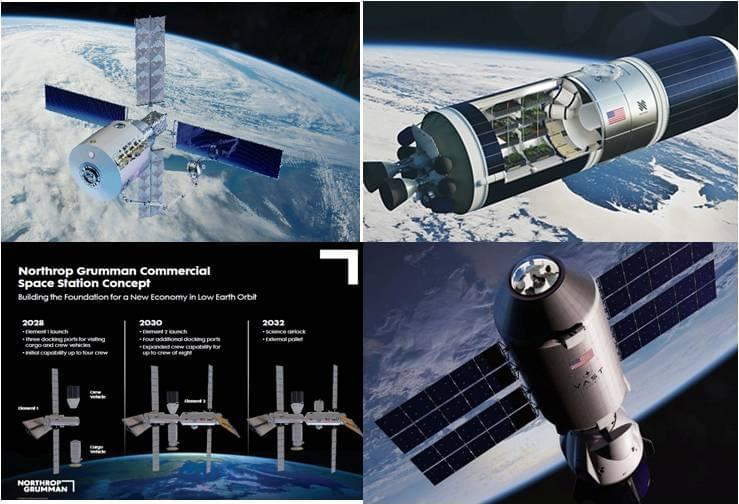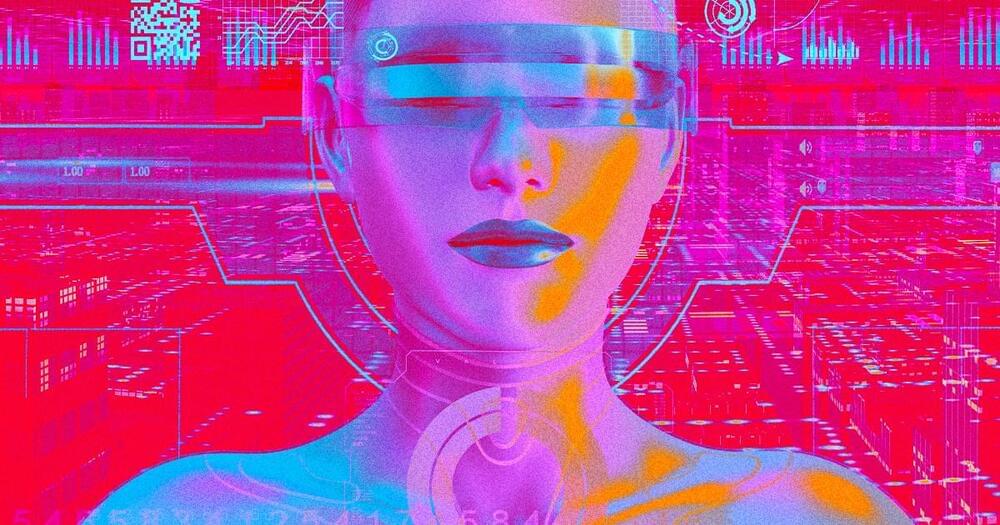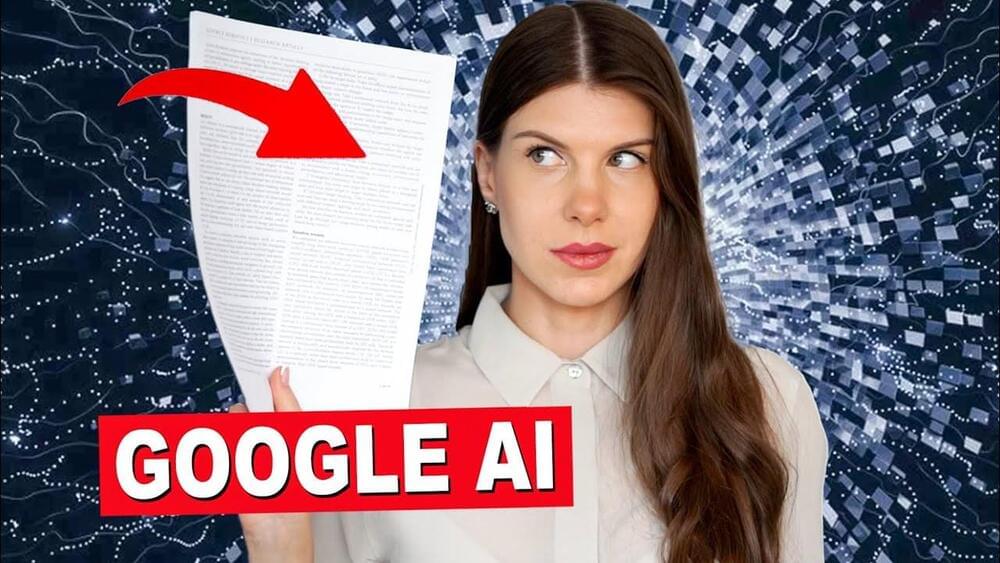After a relatively low period of solar activity, the Sun sprung back into action yesterday, May 16. A near-X-class solar flare eruption occurred on the southeastern limb of the Sun. Even as the explosion was on the horizon of the Sun and a part of it was eclipsed due to its edge, the solar flare had a major impact on the Earth. Ultraviolet radiation ionized the upper atmosphere and caused a shortwave radio blackout over North America and the northern parts of South America. And now, fears are rising over another major solar storm that could be headed toward the Earth.
As per a SpaceWeather.com report, “Earth-orbiting satellites detected an M9.6-class solar flare from a sunspot hiding behind the sun’s southeastern limb. It was only percentage points away from being an X-flare. The event could herald a period of renewed solar activity as the sunspot turns toward Earth”.
The radio blackout was so severe that several reports highlighted that most of the shortwave frequencies faded away when the flare erupted. This would have affected mariners, amateur radio operators, and aviators. The blackout persisted for about an hour before subsiding.


